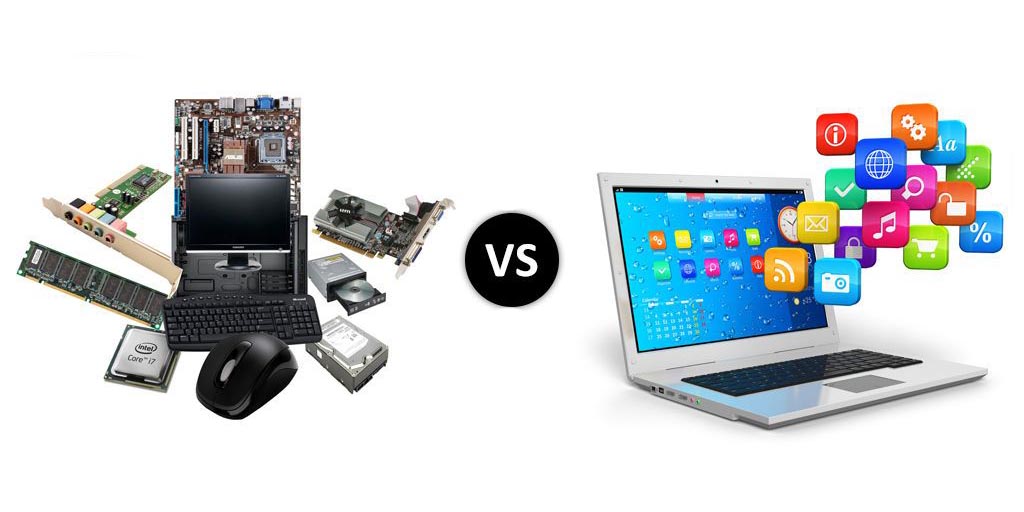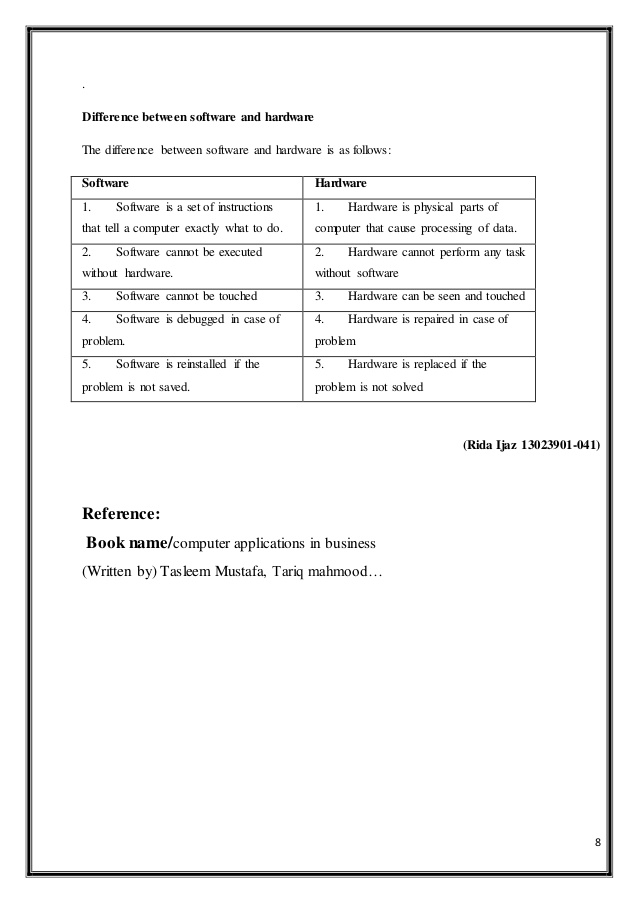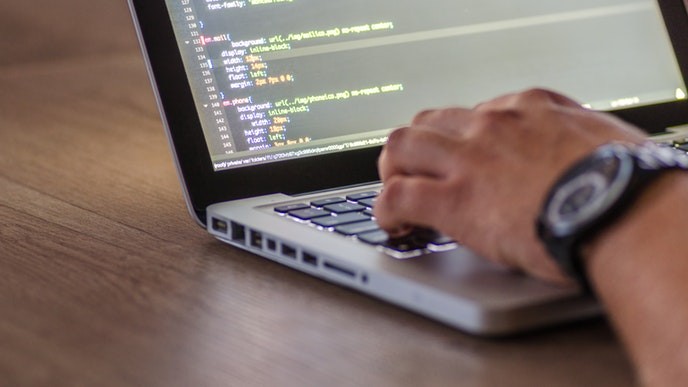

- #Similarities between hardware and software software#
- #Similarities between hardware and software code#
 The mouse or touchpad - Like the keyboard, peripherals like a mouse or touchpad, are essential for humans to be able to interact with a computer. It is the primary device humans enter text and numerals, into the computer system. Keyboard - The keyboard is an essential user interface device to enter characters, and other functions, into the computer system. This device converts AC to low-voltage regulated DC power for the internal components of the computer. This is where the power supply unit is a vital piece of kit for any computer.
The mouse or touchpad - Like the keyboard, peripherals like a mouse or touchpad, are essential for humans to be able to interact with a computer. It is the primary device humans enter text and numerals, into the computer system. Keyboard - The keyboard is an essential user interface device to enter characters, and other functions, into the computer system. This device converts AC to low-voltage regulated DC power for the internal components of the computer. This is where the power supply unit is a vital piece of kit for any computer. 

Power supply unit/battery - A computer is simply an expensive piece of desk furniture if it cannot get power.Expansion cards are added to the motherboard. They enable the computer to be upgraded with expanded functionality over time. Expansion cards/slots - While less important for laptops, expansion cards are another essential component of desktop computers.It can come in the form of older spinning magnetic disks or newer solid-state hard drives or "flash" type storage devices. Persistent memory storage/hard drive/flash drive - Hard drives, or persistent storage, is the bit of the computer that saves data (like files, photos, videos, etc) for extended periods of time, even when no power is supplied.Once the power is turned off, this data is completely erased. However, this data is only stored as long as the hardware dedicated to it is supplied with power. It is fast and able to retrieve the value of any particular byte within nanoseconds.
#Similarities between hardware and software code#
It is essentially used to store code and data that are being actively used during computations.
Main memory (RAM) - Random Access Memory (RAM) is the computer's notepad or whiteboard. While not essential for most average computer users, gamers, and professionals like graphic artists understand the difference they make to the performance of a computer for their needs. GPU - Graphics processing units are much like CPUs, with the exception that they tend to specialize in handling images and graphics. When people refer to computers adding X numbers, a billion times a second, that is the CPU doing that stuff. This is part of the machine that actually does the active "running" of any code, manipulates data, etc. CPU - The Central processing unit, or CPU, acts as the brain of the computer. If you are familiar with Arduino or Raspberry Pi boards, these are effectively mini motherboards. It will generally house the CPU, hard drive, transistors, RAM memory and expansion slots, PCI slots, and USB ports, etc. Motherboard - The heart of the computer, the motherboard holds all the main components of the machine together on one printed circuit board. While we have already mentioned some of the most crucial hardware pieces of a computer, there are some other vital components to any modern computer. What are the 10 major hardware components of a computer system? They are, in effect, completely interdependent on one another. #Similarities between hardware and software software#
However, the software would not be able to perform any of the clever tasks it does without the hardware that makes up the CPU. RELATED: WHAT OPERATING SYSTEM IN THE BEST CHOICE FOR SOFTWARE ENGINEERS? Without the software, many parts of the hardware would be effectively useless. That being said, neither one can work in the way you expect a computer to work without the other. So, hardware, on the whole, is distinctly different from software, as you are about to find out.








 0 kommentar(er)
0 kommentar(er)
